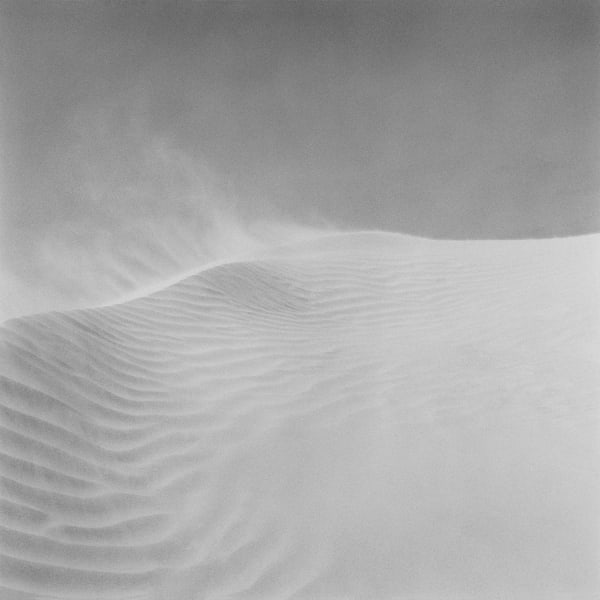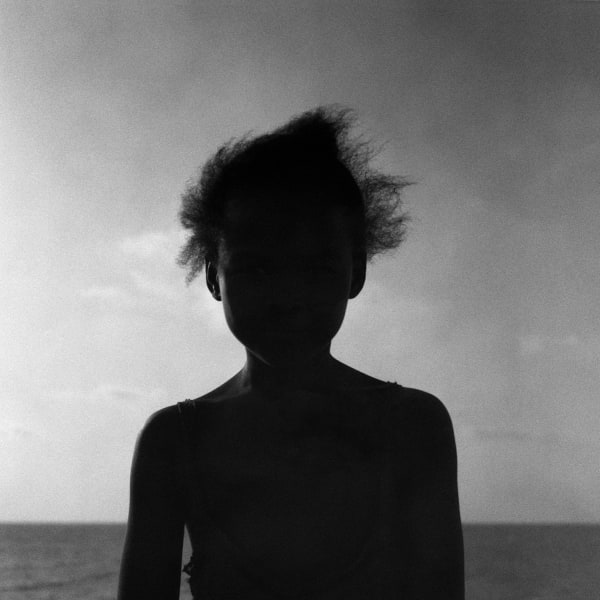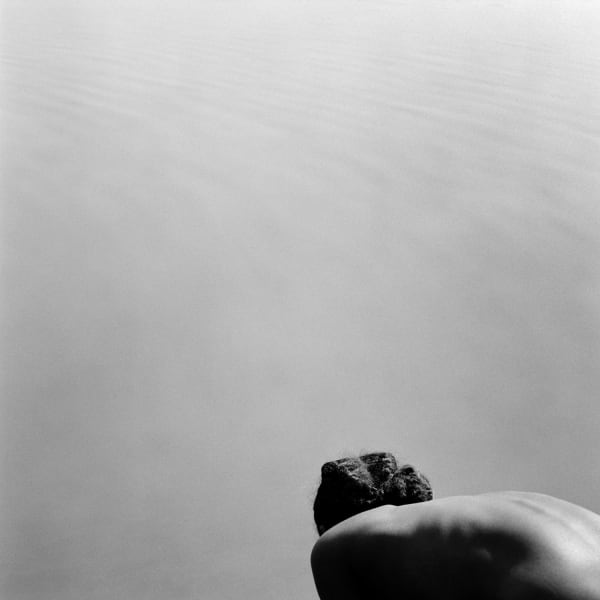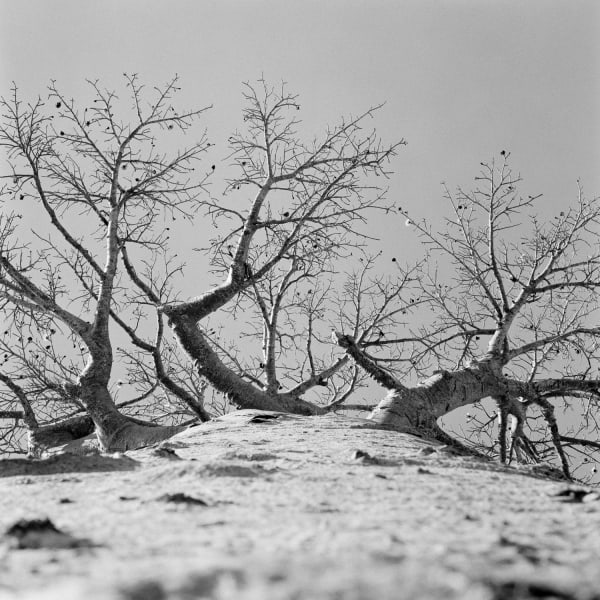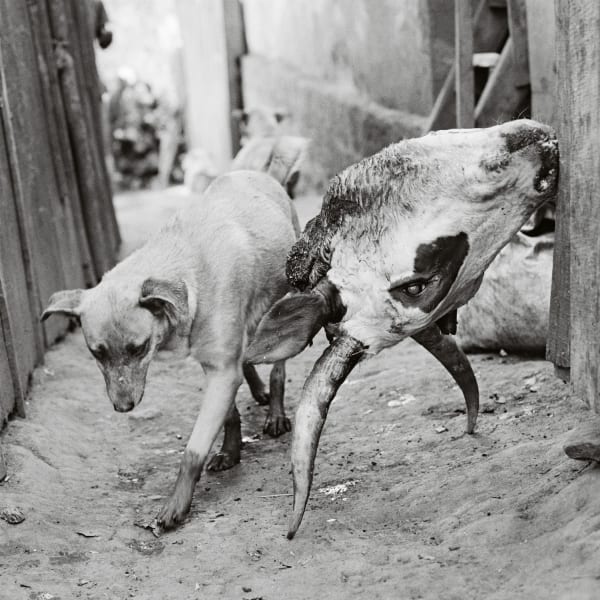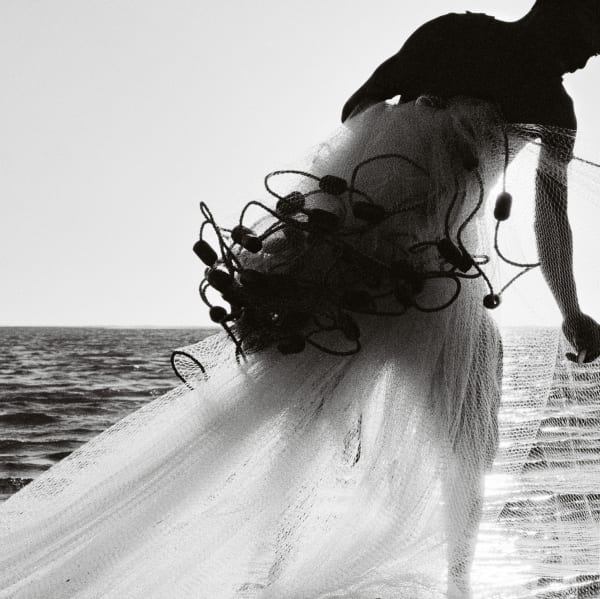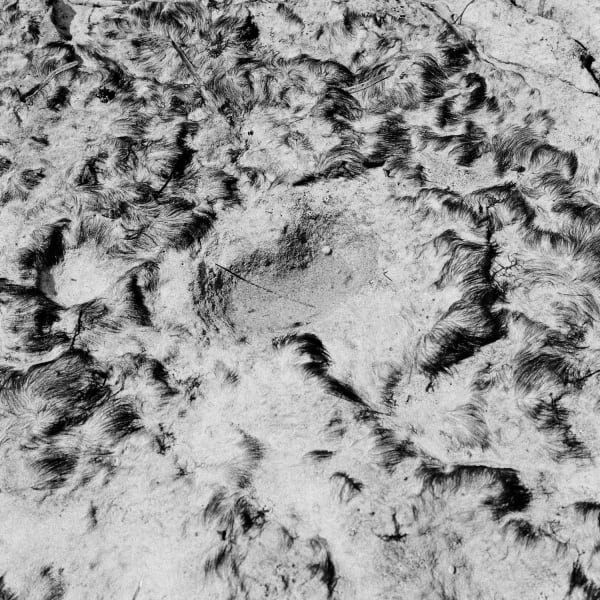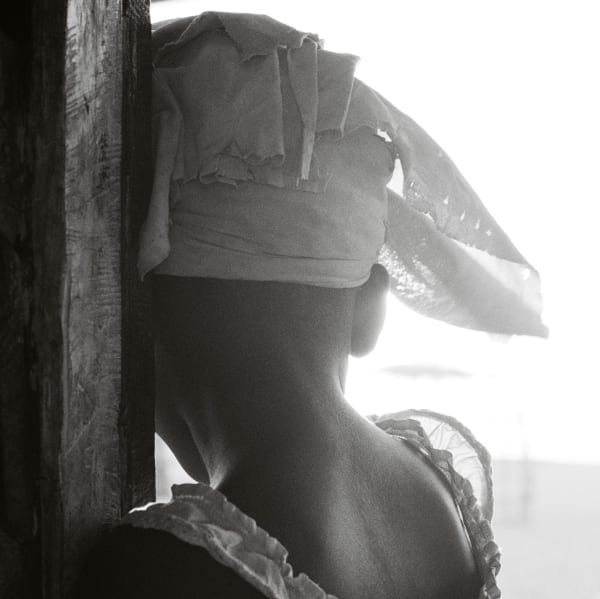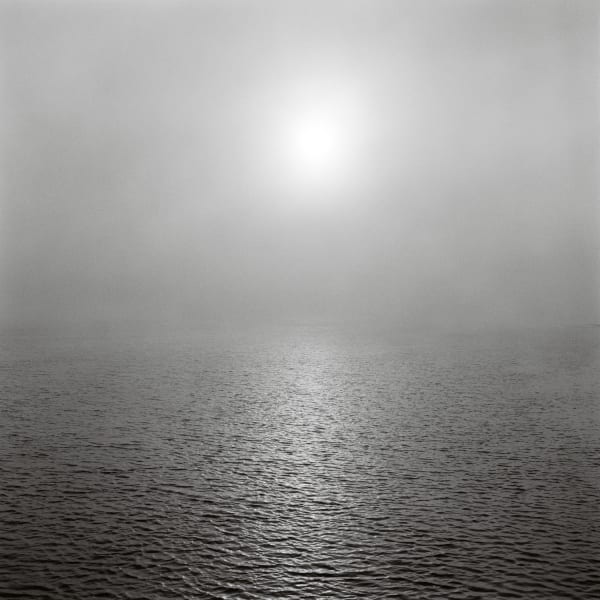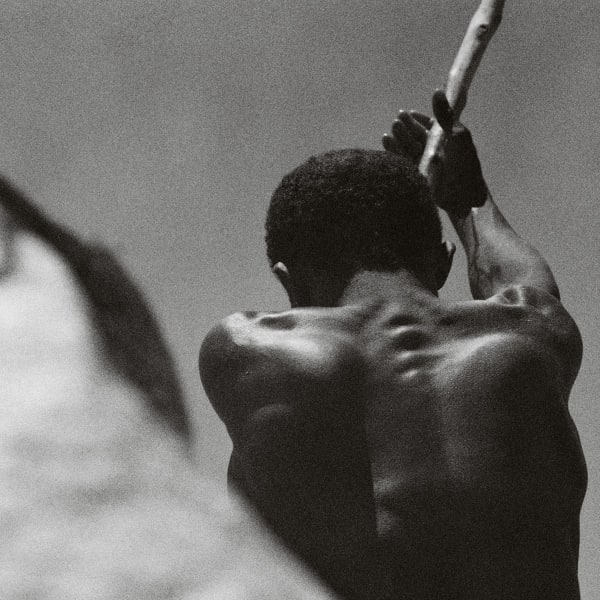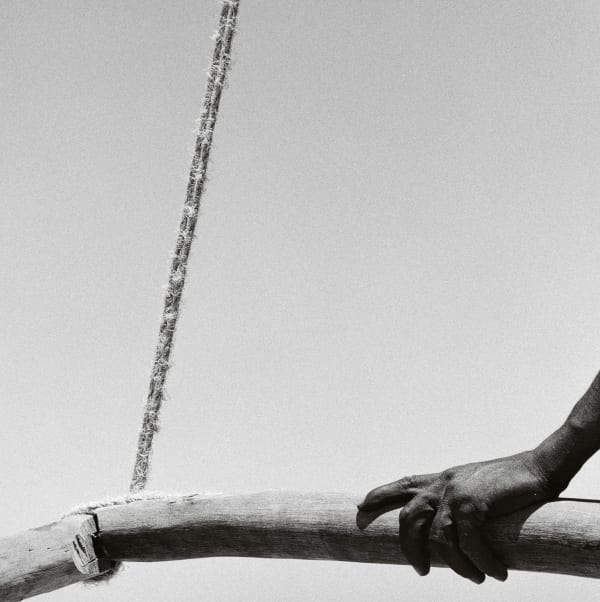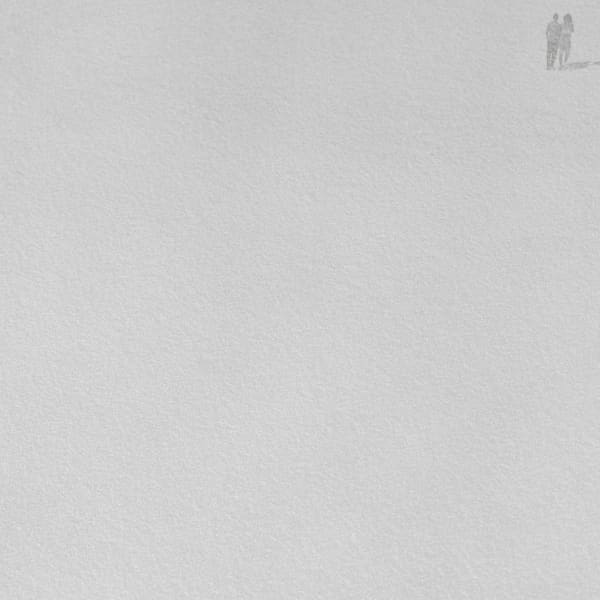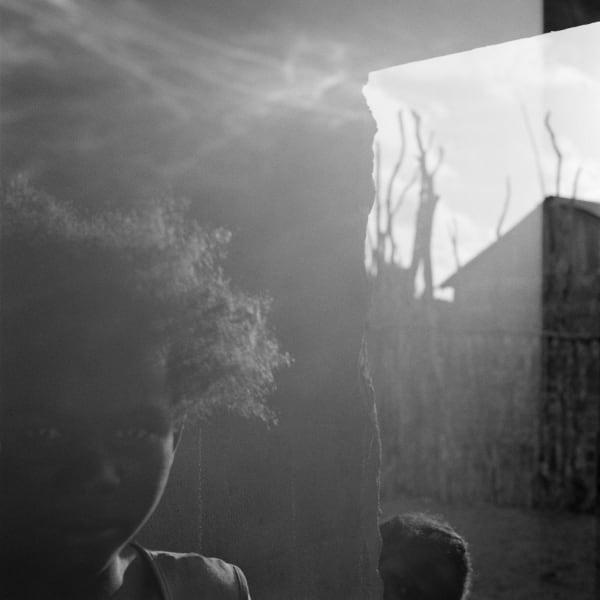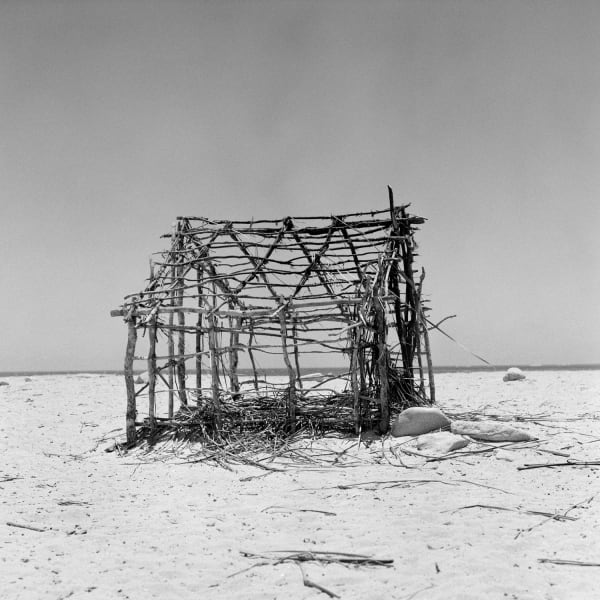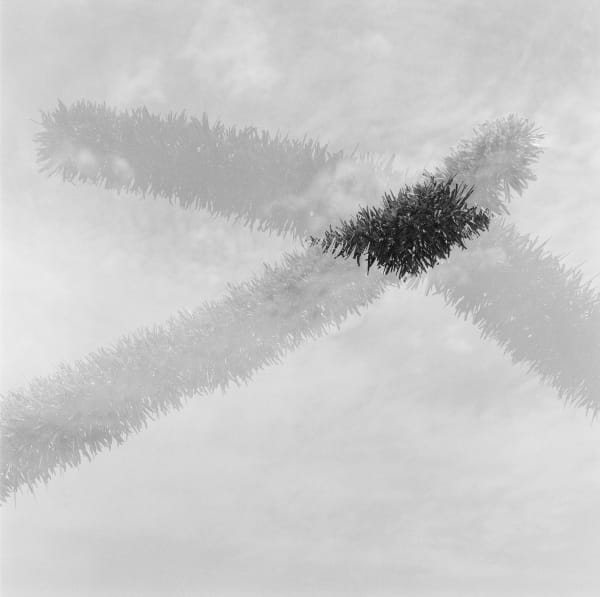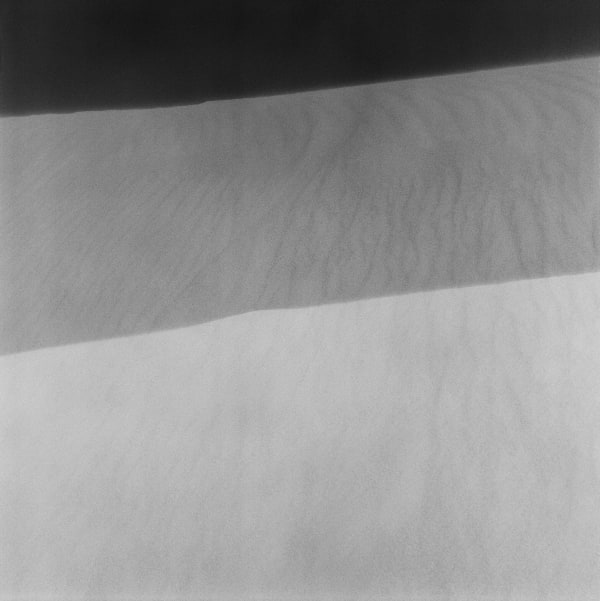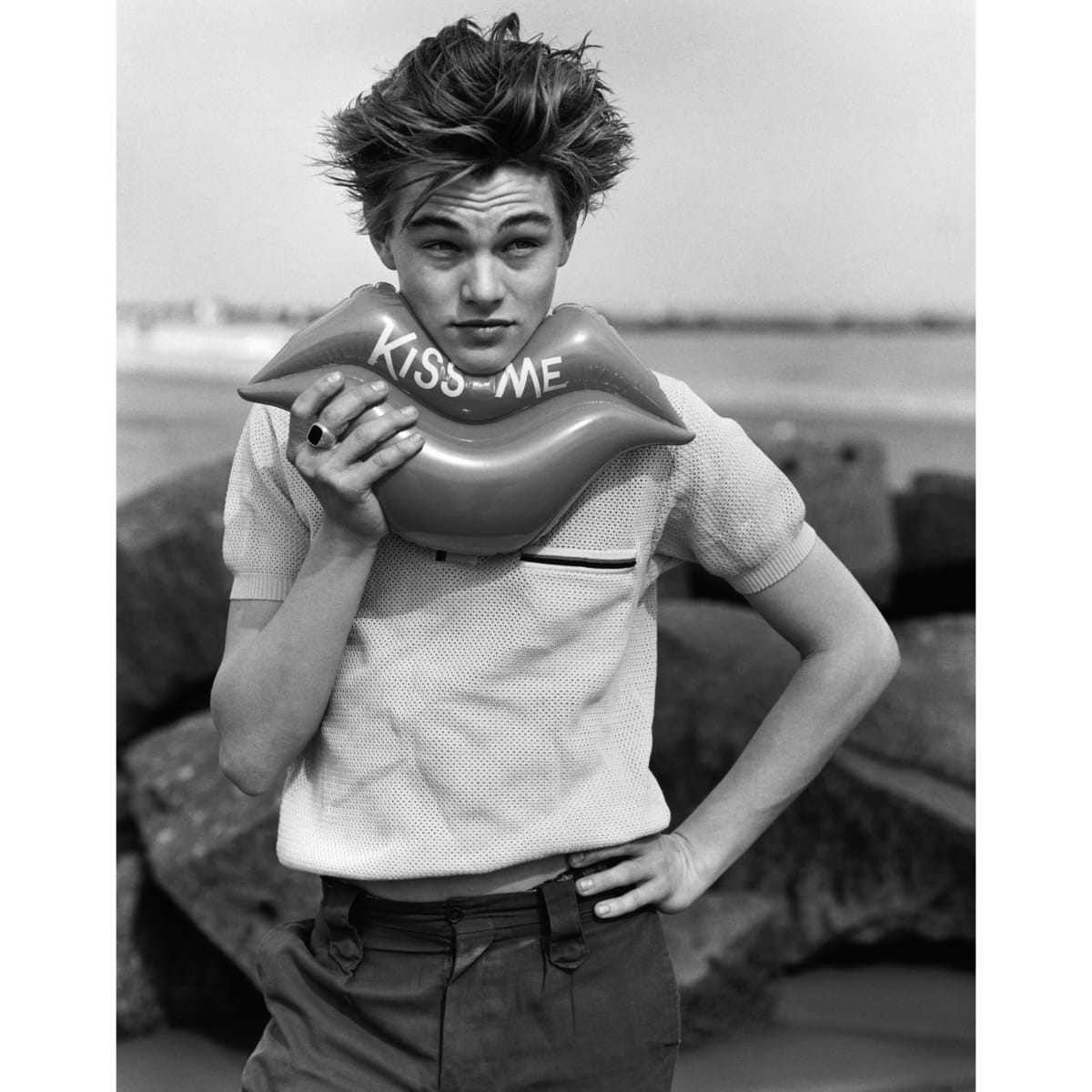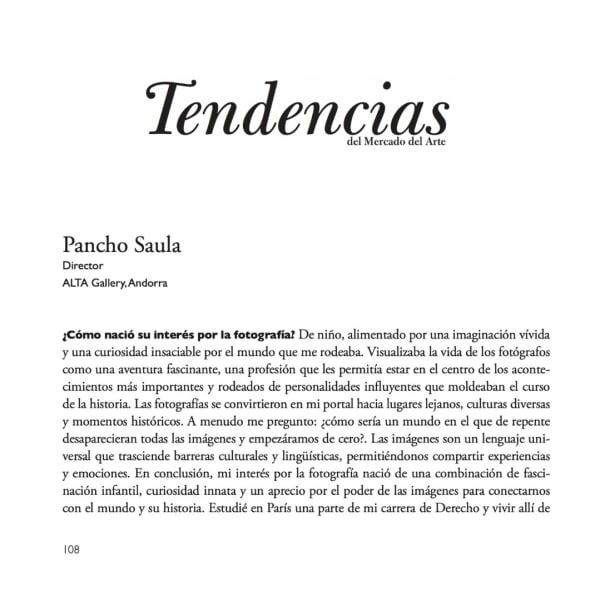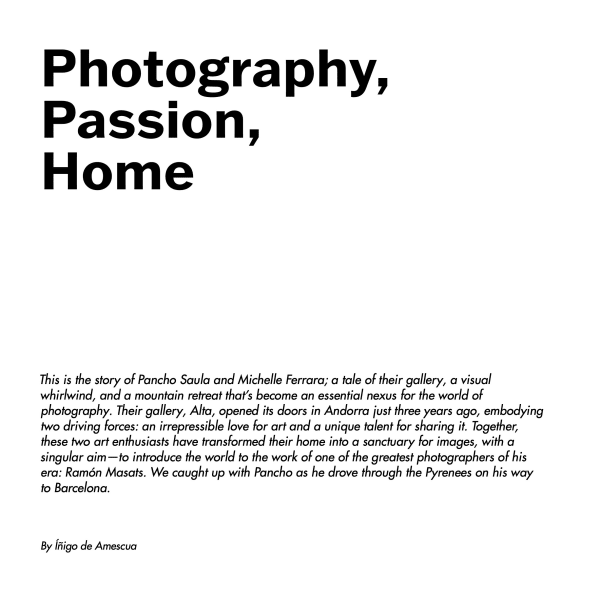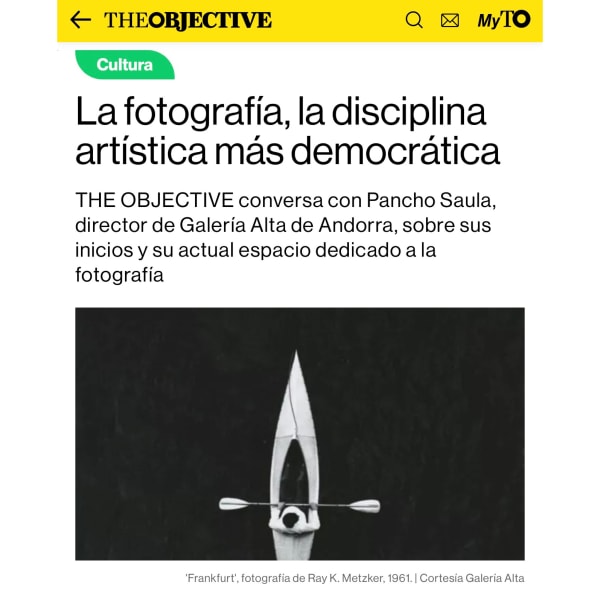Pancho Saula Spanish, b. 3/10/1972
Works
-
 Boy, 2017.
Boy, 2017. -
 Wind, 2017.
Wind, 2017. -
 Settlement, 2017.
Settlement, 2017. -
 Mirage, 2017.
Mirage, 2017. -
 Sand Hills, 2017.
Sand Hills, 2017. -
 Girl, 2017.
Girl, 2017. -
 Nude, 2017.
Nude, 2017. -
 Baobab Road, 2017.
Baobab Road, 2017. -
 The Dance, 2017.
The Dance, 2017. -
 Sand Dune, 2017.
Sand Dune, 2017. -
 Homage, 2017.
Homage, 2017. -
 Wedding, 2017.
Wedding, 2017. -
 Morning Light, 2017.
Morning Light, 2017. -
 Hope, 2017.
Hope, 2017. -
 Seabed, 2017.
Seabed, 2017. -
 White, 2017.
White, 2017. -
 Arm and Sea, 2017.
Arm and Sea, 2017. -
 Lucky Charm, 2017.
Lucky Charm, 2017. -
 Fruit, 2017.
Fruit, 2017. -
 Grass, 2017.
Grass, 2017. -
 Time, 2017.
Time, 2017. -
 Pure, 2017.
Pure, 2017. -
 Ocean, 2017.
Ocean, 2017. -
 Row, 2017.
Row, 2017. -
 Bird, 2017.
Bird, 2017. -
 Love, 2017.
Love, 2017. -
 Family, 2017.
Family, 2017. -
 My Dream, 2017.
My Dream, 2017. -
 Sand Flow, 2017.
Sand Flow, 2017. -
 Baobab Poem, 2017.
Baobab Poem, 2017. -
 X, 2017.
X, 2017. -
 Three, 2017.
Three, 2017.
On Tour
Press
-

Coleccionar Arte Contemporáneo - Fotografía
Vanessa García-Osuna, Tendencias del Arte, 1 March 2025 -

Photography, Passion, Home
Íñigo de Amescua, White Paper By, 24 November 2024 -

Saula & Ferrara
Writer: Felip Vivanco. Photographer : Txema Yeste, La Vanguardia Magazine, 17 November 2024 -

La fotografía, la disciplina artística más democrática
Fátima Poppe, The Objective, 11 March 2023 -

Alta exhibits Bruce Weber's photography at 1.342 meters above sea level.
Cristina Romero, Forbes, 6 July 2022 -

La Isla de Madagascar en los ojos de Pancho Saula
Isabel Hernández / Mireia Alises, Photo Art Books, 26 May 2022 -

Meeting with Txema Yeste and Pancho Saula @ Foto Colectania
Fundación Foto Colectania, 25 April 2022 -

La Contra
Emma Coll, Diari d'Andorra, 26 September 2021
Newsletter
Books
Biography
Afterword by Joel Meyerowitz
Madagascar. It is a name that has stimulated my mind's eye for most of my life. Only a few other places have had that magical resonance for me: Casablanca, Kathmandu, Popocatépetl. When I say those names something far away sends sensations of longing to me. And yet I have never visited Madagascar, so I do not have any idea of what it looks like, or where it sits exactly on the surface of the globe, or what its climate or people are like. It remained a mystery to me until recently, when I was shown this book. It is a photographic work made by Pancho Saula.
Madagascar is not a travel book about the beauties of this place, or its people. I opened this slender volume and was immediately taken into the personal, poetic, and very tactile experience that the artist had when he was there. The work is delicately balanced, frame by frame, to offer the reader the intimate sensations Pancho had of the light, the textures, the spaces that we too might notice-even things as insubstantial as the weight of shadows under the tropical sun-and he subtlety suggests as well the kinds of lives lived there in all their quotidian and understated simplicity. But what is truly beautiful to me is the delicately whispered ambiguity of meaning that the photographs carry.
These pairings and runs of images produced a hypnotic poise that brought to my mind the mirage of what I call the "third voice": the sensation that occurs when sequenced images produce a shimmering sense of a new meaning which isn't in either the preceding or following photographs, but is the product of their being seen together. It is in this way that the book produces its poetics of place, and I came away from it feeling the immediate desire to immerse myself in it again. And I have.
I will probably never go to Madagascar, but some yearning I have always had has finally been satisfied.

